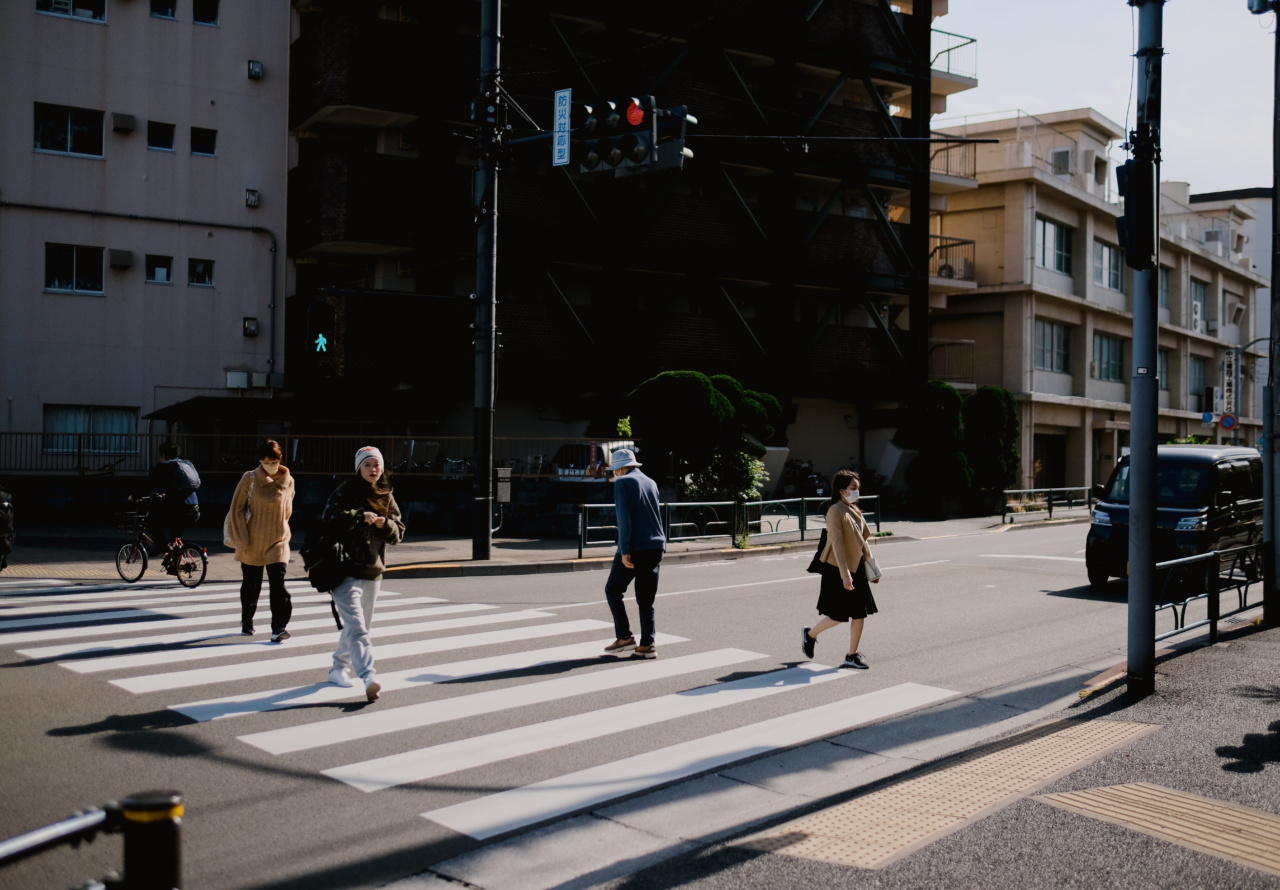Japan is a country known for its safety, discipline, and low crime rates. However, in recent years, Japan has experienced a stark rise in the number of solitary deaths.
This phenomenon, called kodokushi in Japanese, refers to people who die alone and are not discovered for days, sometimes even months. The issue has become a serious problem in Japan and has attracted the attention of the government and the public alike.
The Rise of Solitary Deaths in Japan
Kodokushi has been on the rise in Japan for several years. In 2018, the number of solitary deaths in Japan was 3,588, a record high since the government began tracking the phenomenon in 1980. The number was even higher in 2019, with 3,981 cases reported.
Experts predict that the number will continue to rise in the years to come.
Reasons Behind the Increase in Solitary Deaths
The reasons for the increase in solitary deaths in Japan are complex and multifaceted. One of the main factors is the aging population. Japan has one of the oldest populations in the world, with a median age of 48.4 years.
As people get older, they are more likely to live alone and have fewer social connections. This isolation can lead to a higher risk of kodokushi.
Another factor contributing to the rise in solitary deaths is Japan’s work culture. Many Japanese people work long hours and have little time for personal relationships.
This can lead to social isolation and a lack of support when they are struggling with personal problems.
The housing situation in Japan also plays a role in the increase in solitary deaths. Many people in Japan live alone in small apartments or studios that are not designed for long-term living.
These living conditions can be cramped and uncomfortable, making it difficult for people to maintain their physical and mental health.
Impacts of Solitary Deaths on Japanese Society
The rise in solitary deaths in Japan has significant impacts on Japanese society. One of the most significant effects is the economic burden it places on the government.
When people die alone, the government is responsible for cleaning up their homes and disposing of their belongings. This process can be costly and time-consuming, requiring the government to allocate resources to this issue.
The increase in solitary deaths also has an emotional impact on Japanese society. It highlights the issue of loneliness and isolation in modern Japan, a problem that many Japanese people face but are reluctant to talk about.
The phenomenon has sparked discussions about how Japanese society can better support those who are struggling with isolation and mental health issues.
Efforts to Address Solitary Deaths in Japan
The Japanese government and various organizations have launched initiatives to address the issue of solitary deaths in Japan. One such initiative is the kodokushi prevention project, launched in 2018 by the Tokyo Metropolitan Government.
The project aims to reduce the number of solitary deaths in the city by providing support to those who are at risk of kodokushi, such as the elderly or those with mental health issues. The project also encourages neighbors to look out for each other and report any concerns to relevant authorities.
The Japanese government has also taken steps to address the issue of loneliness and isolation in Japanese society. In 2018, the government appointed a minister for loneliness, responsible for developing policies to address the issue.
The government has also launched various initiatives, including a national survey on isolation and a campaign to raise awareness about kodokushi and its causes.
Conclusion
The rise in solitary deaths in Japan is a serious issue that has significant implications for Japanese society.
While the reasons behind the increase are complex, addressing the issue requires a multifaceted approach that involves the Japanese government, non-profit organizations, and communities. Only by working together can Japan successfully combat the issue of kodokushi and support those who are struggling with isolation and mental health issues.






























